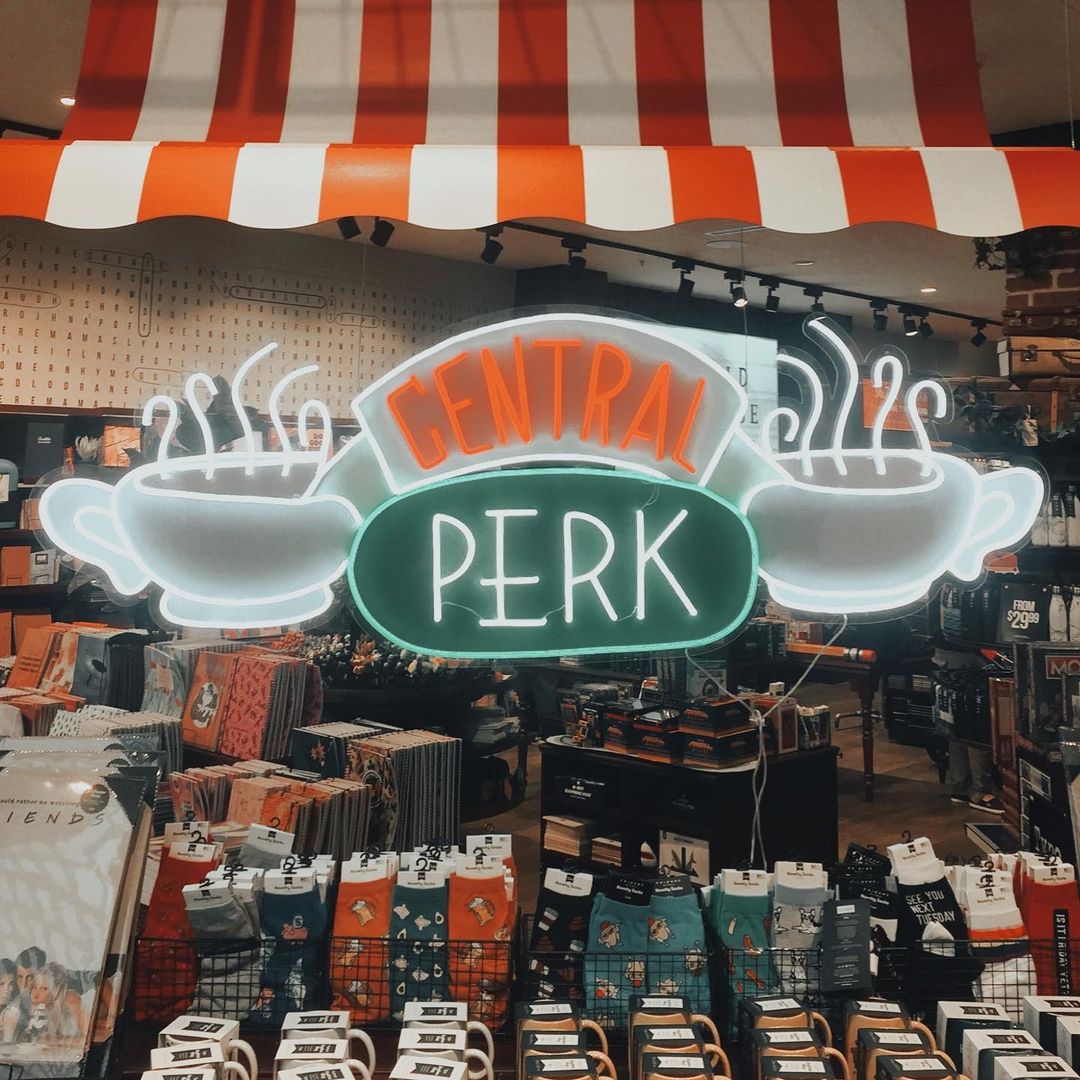Color Harmony and Contrast in Signage

There are many design elements that contribute to effective signage, ranging from typography to the choice of a color scheme. Among these important elements, it’s also worth highlighting color harmony and contrast, which can help create high-impact signs.
In this article, we look at the principles behind color harmony and contrast and offer some guidelines for creating visually appealing signage through these important elements in color theory.
Using the Color Wheel to Create Color Harmony & Contrast
Color harmony helps create visually appealing signage, and contrast between colors ensures that a sign stands out. These two principles are key when it comes to attracting attention and eliciting a positive response from viewers.
The color wheel offers an easy-to-understand guideline for mastering color harmony and contrast. Here are some key concepts to know about the color wheel:
- Complementary colors are those located opposite each other on the wheel, such as reds and greens or blues and oranges. Complementary color combinations are naturally high in contrast and make a strong first impression.
- Analogous colors are hues located next to each other on the wheel, which means they have low contrast (for example, yellow, orange, and reddish-orange). However, analogous color combinations transmit coherence, so they’re ideal for conveying a unified message in signage.
- Triadic colors are combinations of three colors located at an equal distance from each other in the color wheel (for example, blue, yellow, and red or purple, green, and orange). These color schemes are good for designing signage that transmits high energy and vibrancy.



You can experiment with different color harmony and contrast combinations for your commercial sign using this color wheel.
Applying Color & Visual Merchandising to Commercial Signage

Combining color theory and visual merchandising can be applied to signage design to create signs that get all eyes on them. In retail and commercial spaces, the skilled combination of color and visual merchandising can create captivating signage that has a positive impact on sales. There are five basic ways of integrating color harmoniously with visual merchandising principles:
- Hierarchy Colour choice in signage can help establish a clear visual hierarchy that guides people’s eyes to the most important elements of a sign. For example, a sign with bold complementary colors placed against a muted background appears as more important or having a higher hierarchy than other signs.
- Dynamic displays To create an immersive and interactive experience that delights customers, consider color-changing LED neon signs that respond to user interactions.
- Point-of-purchase displays If you’re a retailer, you can place a neon sign with a triadic color scheme in the point-of-purchase area, drawing attention to featured products or special promotions.
- Boosting sales with signage Signs with complementary color schemes create a sense of visual synergy that encourages customers to explore, so they’re ideal for highlighting product bundles, complementary items, or any cross-selling or upselling opportunities.
- Facilitating wayfinding Directional signage with distinct color schemes can guide customers through a store layout, or can be used at events like weddings or trade shows to highlight specific areas.





By incorporating these principles of visual merchandising into your signage design, you can transform static displays into dynamic experiences that captivate, engage, and inspire action.
Guidelines for Effective Signage Design
Next, we look at some practical guidelines to effectively implement color harmony and contrast in your signage:
- Find out what appeals to your audience Not all colors resonate with everyone equally, so it’s worth researching the color preferences of your target audience and then tailoring the sign’s color scheme accordingly. Here’s some additional information on the color preferences of different demographics.
- Aim for balance In signage design, more isn’t always better, as an overabundance of bold colors can overwhelm the senses. Aim for a balance between bold and neutral tones within the sign and between the sign and the surrounding area.
- Ensure legibility You can get very creative with custom LED neon signs, but you should always ensure that text can be easily read. This isn’t just a matter of font choice. For example, dark text on a light background or vice versa are good choices for optimal readability.
- Consider external factors Assess the area where your signage will be displayed, especially if outdoors, since changing lighting conditions can affect the visibility of a sign.



Conclusion
Understanding the psychology behind color choices and the role of harmony and contrast is important when creating effective signage. These choices are more than just aesthetic factors; they can capture attention and transmit messages that resonate with customers. For personalized advice on how to build these principles into your business signage, get in touch with the Custom Neon team.
Business Research, Surveys & Statistics
More research commissioned or undertaken by Custom Neon® can be found here:
- 10 Statistics Highlighting the Importance of Signage Business
- Logo Statistics and Facts
- Different Types of Logos & What Makes a Good Logo
- How to Get the Best ROI on Business Signage
- Effective Signage Placement Strategies for Maximum Visibility
- Attention Capturing Signs
- Persuasion Basics in Signage
- Storytelling in Signage
- Introduction to Psychology in POS Signage
- Color Psychology Statistics in Commercial Signage
- Retail Trends: Enhancing Experiences with Wayfinding Signage
- The Rise of Insta Worthy Dining Venues : Statistics, Research & Analysis
- Case Studies: Successful Brand Colour Strategies
- Case Studies: Successful Brands Using LED Neon
 Australian
Australian  UK
UK